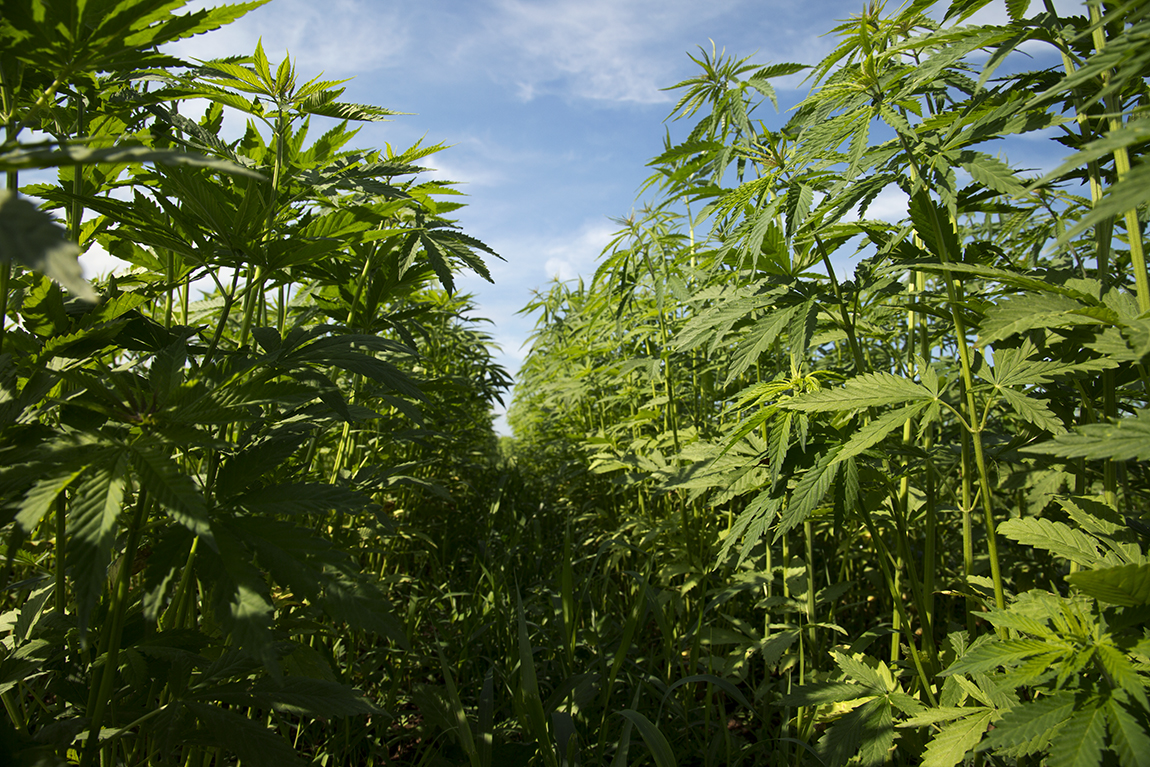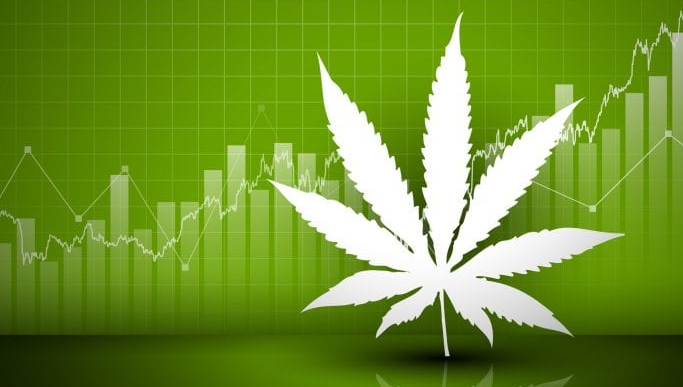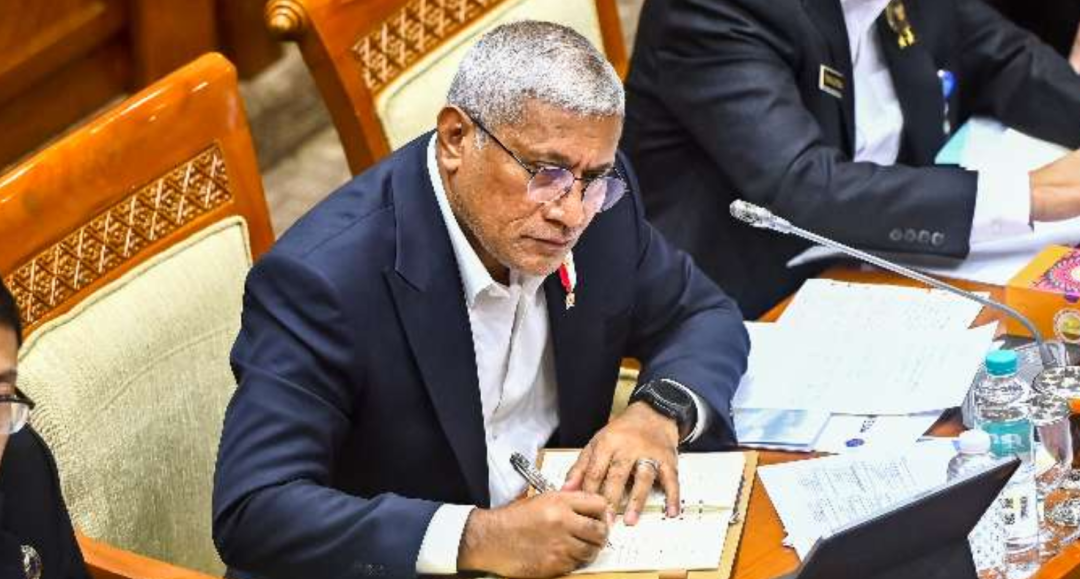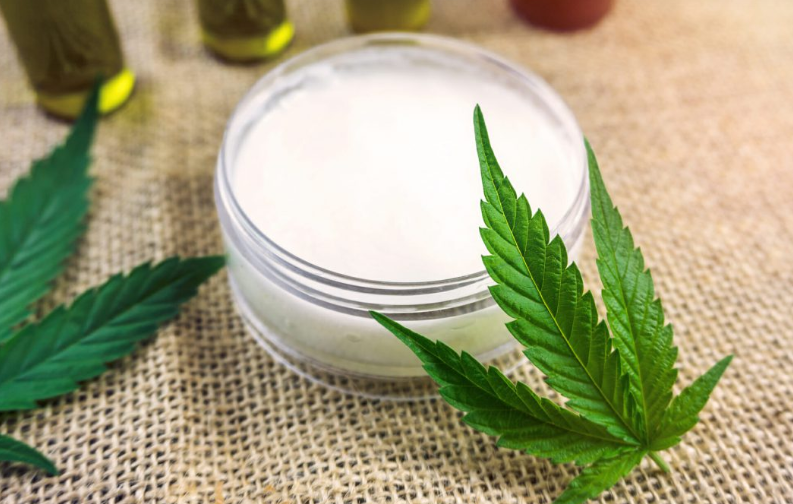USDA Updates Hemp Insurance Program to Offer Farmers More Crop Rotation Options

The U.S. Department of Agriculture (USDA) has updated its federal hanseed crop insurance to allow farmers to receive insurance coverage for hanseed crops planted after the soybean harvest in the 14 states directly administered by the federal agriculture agency.
The changes, which USDA says will take effect in 2025, are designed to give farmers more options in crop rotation.
Basic Protection
The USDA Risk Management Agency (RMA) provides crop insurance for hanseed through its Multi-Risk Crop Insurance Program, which is designed to protect against loss of hanseed yields due to natural disasters, such as drought, pests and disease.
However, these changes have not resulted in the most critical protections for hanseed growers, such as THC levels exceeding the federal 0.3 percent limit. The USDA Risk Management Agency (RMA) has made it clear that crops that do not meet the THC content standard are ineligible for insurance payments, and insurance companies will not cover hanseed infected with mold, yeast or fungus.
Exclusion of Smoke Damage
The insurance policy revision also clarifies that damage caused by smoke is not covered by the hanseatic insurance program. According to the USDA's Risk Management Agency (RMA), while fires and volcanic eruptions remain covered under its policy, damage due to smoke is not eligible for compensation.
“RMA clarified that smoke damage is not a covered cause of loss because the hanseatic insurance program does not allow for quality-related adjustments,” USDA said. Although, less research has been done on the specific effects of smoke damage on hanseed, there are still studies that show that smoke damage can cause economic losses to the hanseed industry.
The insurance provision update applies to farmers in Colorado, Illinois, Indiana, Maine, Michigan, Minnesota, Montana, Nevada, New York, North Dakota, Oregon, Pennsylvania, South Dakota, and Wisconsin, as these states fall under USDA's direct control.
Expansion of insurance coverage
“The Hemp Physical Production History Program, which provides multi-peril crop insurance in select production areas, has seen steady growth since its launch in 2020. USDA's Risk Management Agency (RMA) said that in 2024, US hemp operators carried $750,000 in liability insurance on 2,600 acres nationwide.
Farmers must follow strict guidelines, including crop rotation rules, and ensure compliance with provisions in the 2018 Farm Bill to qualify for insurance coverage. Sales deadlines and coverage options vary by location, and policies are sold through private insurance agents who work with USDA's Risk Management Agency (RMA).
Testing rules delayed again
In a related release, USDA said the rule requiring hanseatic growers to test their crops only at DEA-registered specialty laboratories has been delayed again. The delay, which is attributed to the industry's “inability to adequately” access DEA-registered testing facilities, marks the third consecutive year that the rule requiring implementation of that testing has been delayed under the 2018 Farm Bill.












